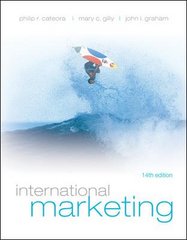
Question 1 | [10 marks, max 200 words] The conventional view that economics takes on cheating is that one decides to cheat when there is a positive economic rent to reap from cheating. Choose an action that is identified as 'not okay' from the Academic Integrity Module you completed on iLearn. Do the following: 'I Analyse the economic cost and benet of knowingly taking the academically dishonest action of your choice using the relevant framework from Unit 3 of the textbook. 0 Based on your analysis, discuss briefly why someone would decide to knowingly cheat or not cheat on this assignment. Question 2| [10 marks, max 200 words] Consider a representative university student who decides how much time to spend on study. Let us call this student Bruno, who has been using academic cheating websites for a year in order to rboost1 his performance . Somehow, he has not been caught once. Now consider Angela, another representative university student who also decides how much time to spend on study. She has been a study group which helps her to keep up with the study material as well as to improve her time management and note-taking skills. A year ago, both students studied 35 hours per week and achieved 65%. Currently, they study 32 hours per week and achieve 75%. Assume i) the two students faced the same feasible frontier a year ago, and ii) they have the same preference. Do the following: 0 Illustrate the effect of cheating on Bruno's feasible frontier and his optimal decision using a, filglahaediagramwhere i) the horizontal axis represents the hours of free time pen week, and ii) the vertical axis represents academic performance (measured out of 100). 0 Illustrate the effect of using a study group on Angela's feasible frontier and her optimal decision using another fully labelled diagram with the same axes as the previous diagram. 0 Explain the key information of your diagrams. Obviously, let us assume that Bruno's and Angela's preferences are represented by indifference curves that satisfy the usual properties explained in Unit 3 of the textbook








